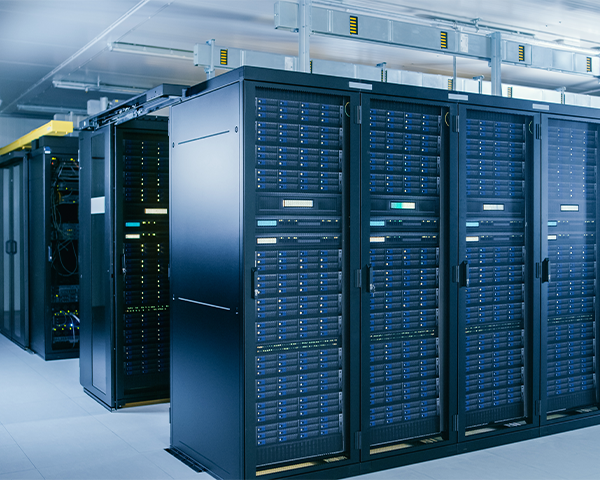- Crystal Devices
Small Differential Output Oscillators


Introducing Kyocera’s "Crystal Oscillator for Network Communication and Optical Module," which is essential for high-speed and large-capacity.
Market Trend
The wired backbone is critical for 5G communications.
Core networks, servers, and data centers connected to 5G networks, in particular, need to increase backbone data transmission rates (100G/400G/800Gbit/sec) as the amount of information in communications increases, and demand for optical modules to support high-capacity transmission is increasing.
Under these circumstances, crystal devices require characteristics such as high frequency, low noise, and small size. To meet these requirements, Kyocera has developed a compact differential output oscillator.
Keywords The Official Mascot of Kyocera’s Electronic Components Division: Eletan
The Official Mascot of Kyocera’s Electronic Components Division: Eletan
Click here to learn more about Eletan
What is a Backbone?
High-speed, high-capacity network circuits for large-scale communication networks. It is used between carriers, bases, and countries, and is also called a backbone network.
What is a Differential Output Oscillator?
Differences between CMOS and Differential Output Oscillators
The CMOS oscillator has a one-wave output, while the differential output oscillator has a two-wave output.
The difference between the two signal levels determines the logical value (+ or-).

Advantages of Differential Output Oscillators
Capable of Large Capacity Transmission
Because of their low voltage operation, the rise and fall time of the signal is very fast, enabling high-frequency operation. In other words, large-capacity transmission is possible.

Noise Resistance
Even when noise is applied, it is offset on the receiver side. In other words, it is resistant to noise.

Keywords The Official Mascot of Kyocera’s Electronic Components Division: Eletan
The Official Mascot of Kyocera’s Electronic Components Division: Eletan
Click here to learn more about Eletan
What is Noise Resistance?
Electronic noise or noise from a thermal cooling fan can disturb the signal from the oscillator. Too much noise can cause communication errors and signal transmission delays, resulting in low-capacity, low-speed communication.
By resisting such noise, the signal is less likely to be disturbed, enabling high-speed and large-capacity communication.
Applications
5G Base stations, network communications, optical modules, servers, data centers



Kyocera’s New Compact Differential Output Oscillator
Achieves Differential, Compact, High-Frequency, and Low Noise
Frequency | 100 / 125 / 156.25MHz |
|---|---|
Frequency Stability | |
Operating Temperature Range | -40 to +85℃ |
Output Type | LV-PECL / LVDS / HCSL |
Jitter | 0.05ps typ. |
Size | 2.0x 1.6mm / 2.5x2.0mm / 3.2x2.5mm |
Mass Production: CY25 (After January)
Samples available
Data is based on research by Kyocera.








